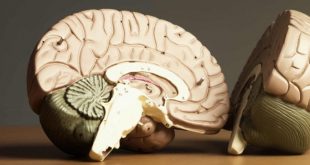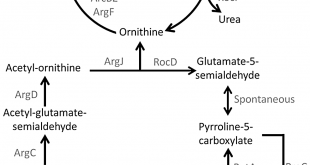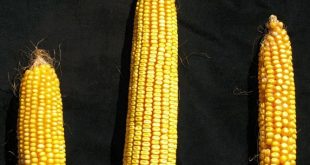What is prion? Prion is a term first used to describe the mysterious infectious agent responsible for several neurodegenerative diseases found in mammals,including Creutzfeldt-Jakob diseases(CDJ) in humans. The word itself derives from ‘proteinaceous infectious particle’; It refers to the initially heretical hypothesis is that the infectious agent causing those diseases …
Read More »Polyploidy: A Game with Chromosome Numbers
Polyploid Organism bearing the exact multiple of the basic chromosome number (x) of the species. In polyploid cells and organisms, the number of chromosome sets exceeds that of diploid. Depending on the number of chromosome sets, polyploid can be classified as triploids, tetraploids, pentaploids etc. Good to know In potato, …
Read More »Model Organism in Lifescience : Arabidopsis thaliana
A model organism is a nonhuman species that is used as a framework to develop and standardize the analysis which is applicable to other species. It’s an in vivo model which is extensively used to study human diseases when human experimentation would be unethical. In studying human diseases, model organisms …
Read More »The GRE General Test: A Stairway to Higher Study
GRE stands for Graduate Record Examination. If you are planning on getting yourself in a graduate school (doing your master’s) in mostly USA, you may need a GRE score to apply. It is the most common entrance exam and the largest assessment program for your graduate admission and students from …
Read More »Rhizoid and Rhizomorph: Awww it seems confusing!
Rhizoid and rhizomorphs are two common terms used in the study of fungi. Both of them are derived from the same word root. But still they maintain some differences. Rhizoid The name ‘Rhizoid’ is derived from the Latin prefix ‘rhizo’ – which means root. But it is not a root …
Read More »Endosymbiosis in Plant Sap-Feeding Insects (Part-2)
The vast majority of observed plant sap-feeding hemipterans colonized by primary symbionts are defined by three traits. First of all, phylogenetically as they are universally present in the host species, have much-reduced genomes and have evolved from multiple phylogenetic origins such as Alphaproteobacteria, Betaproteobacteria and Gammaproteobacteria, and Bacteroidetes. Secondly, they …
Read More »Introduction to Fatty acids
Fatty acid is an important constituent of fat and is the derivatives of hydrocarbon. It is a carboxylic acid (-COOH) with a long aliphatic chain, which is either saturated or unsaturated. Some fatty acids may have hydroxyl group in its chain (hydroxy fatty acids) and still others may possess ring …
Read More »A Preliminary Guide on the Ecosystem and the Earth’s Structure
Biology, a mother science concerns everything related to life. It considers both plant and animal kingdom and also the world that we can’t see but abounded with minute life. Considering the aspects of living beings, this science sometimes needs to go beyond the living world to understand the correlation between …
Read More »Alkaloids: A Secondary Metabolite
All of us might have heard about nicotine, cocaine and morphine. These are some bad world’s words that we always keep us away from. However, in biochemistry, a beautiful science where every natural compounds are discussed, these bad words along with some beauties have taken a very special sub-field known …
Read More »Heterosis Breeding: Being Better Than Parents
Introduction Heterosis means deviation of the characteristics of offspring from the actual characters of parents. Heterosis is often called true heterosis or euheterosis. It may be defined as the superiority of an F1 hybrid over both of its parents in terms of yield or some other characters (vigorous, sturdier, taller …
Read More » Plantlet The Blogging Platform of Department of Botany, University of Dhaka
Plantlet The Blogging Platform of Department of Botany, University of Dhaka









